The early 2000s saw major shifts in the midsize sedan segment. Amid the competition, the third-generation Nissan Altima emerged with bolder styling, more cabin space, and a serious punch under the hood. One of the more talked-about trims, especially for buyers on a budget but unwilling to compromise on performance, was the 2004 nissan altima 2.5 s engine.
It’s a model that delivered surprising value with everyday practicality. Underneath its subtly aggressive frame, the Altima 2.5 S quietly carved out its place among commuter cars that didn’t feel like punishment behind the wheel.
Power Without the Pretension

The 2.5-liter DOHC 4-cylinder engine didn’t boast wildly high specs, but it knew how to get the job done. With 175 horsepower, it wasn’t chasing records. Still, it gave drivers an engaging ride that made daily errands feel a bit more satisfying. Mated with either a 5-speed manual or 4-speed automatic, the engine performed consistently well in both city and highway settings. It gave off just enough growl to feel alive, without ever veering into “trying too hard” territory.
Interior Comfort With No Drama
Inside, the Altima 2.5 S had a cabin that felt spacious but never fussy. The materials didn’t scream luxury, but they didn’t feel budget-bin, either. There was genuine room to stretch out, front and back. Its seats struck a decent balance between soft and supportive. For a car in this price bracket, that mattered. A friend once joked his 2.5 S was “more comfortable than his living room couch,” though that might’ve said more about his furniture than the car.
Design That Aged Gracefully
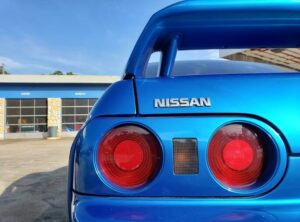 The third-gen Altima didn’t go full flashy with curves and gimmicks. It leaned into clean lines and a slightly assertive stance. Two decades later, it hasn’t aged poorly. The headlights and grille design looked like they belonged to a vehicle with intent, not something slapped together in a rush to meet a model-year deadline. Even the tail end had a bit of character without looking like it was trying to be a sports car.
The third-gen Altima didn’t go full flashy with curves and gimmicks. It leaned into clean lines and a slightly assertive stance. Two decades later, it hasn’t aged poorly. The headlights and grille design looked like they belonged to a vehicle with intent, not something slapped together in a rush to meet a model-year deadline. Even the tail end had a bit of character without looking like it was trying to be a sports car.
Storage and Everyday Functionality
What the Altima nailed better than some of its competitors was the way it handled everyday life. The trunk? Generous. Cup holders? Actually usable. Controls? Simple and easy to reach. Too many midsize sedans at the time were busy chasing trends. Nissan stuck with making things work well, and for many buyers, that was the smarter long play.
Why This Generation Still Matters
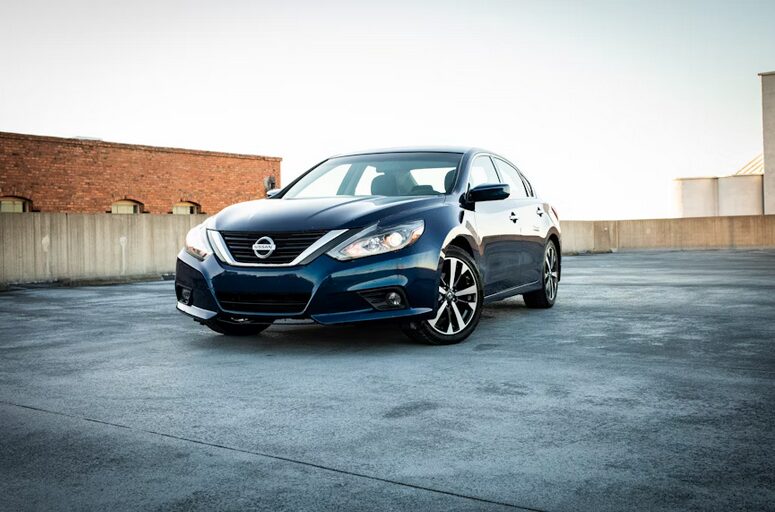
The Altima from this era, especially the 2.5 S, didn’t just sell well; it built trust. It’s the kind of vehicle you’d recommend to a younger sibling heading off to college or a neighbor tired of unreliable used cars. Sure, it wasn’t packed with tech bells and whistles. But it had what mattered: reliability, balanced power, and a layout that made sense for real people. Nissan’s effort wasn’t about chasing hype. It was about building a car that could last longer than the buzz. And for plenty of drivers, that made the 2004 Altima more than just a decent option, it made it the right one.

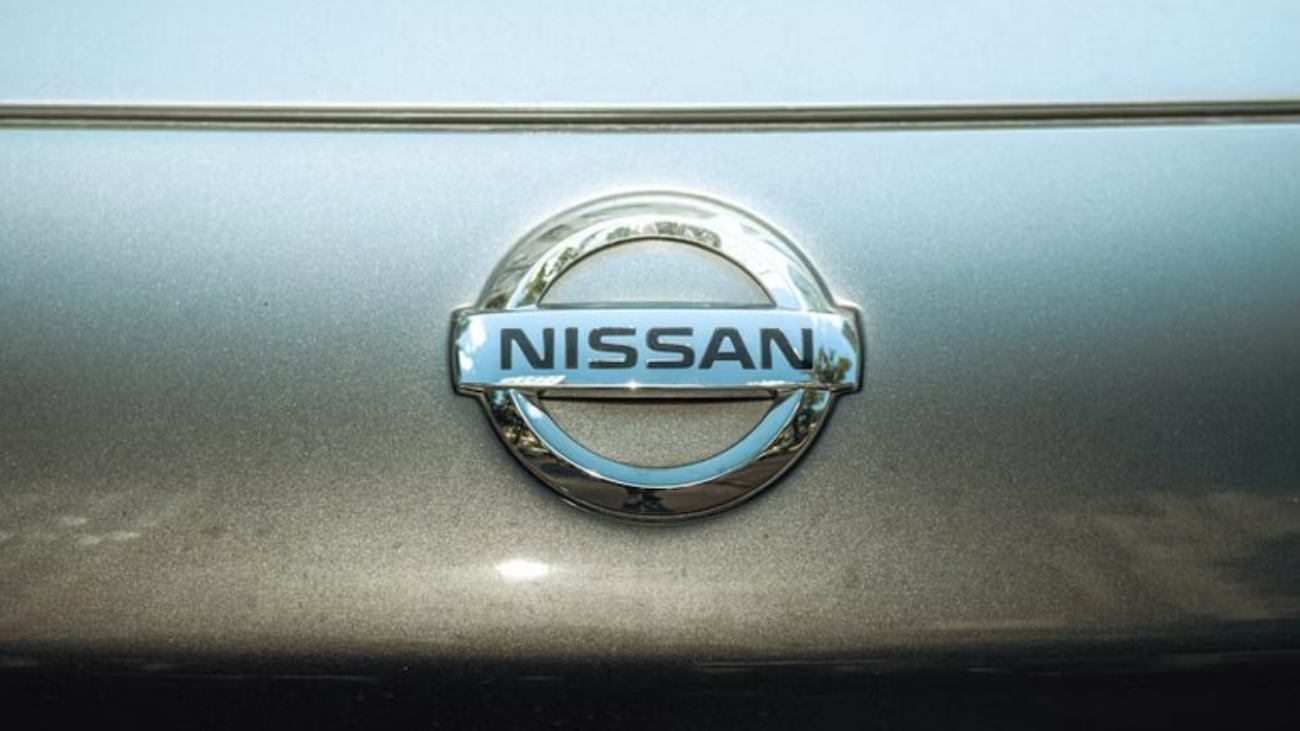
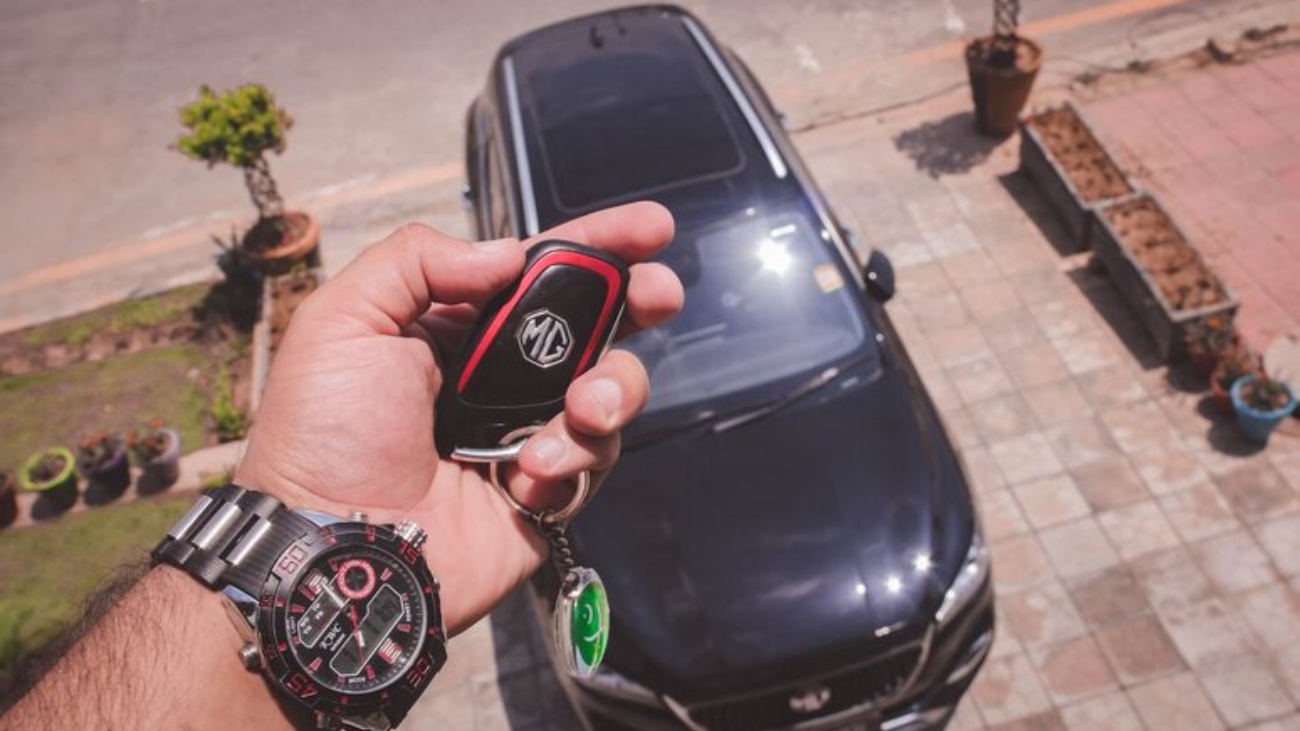
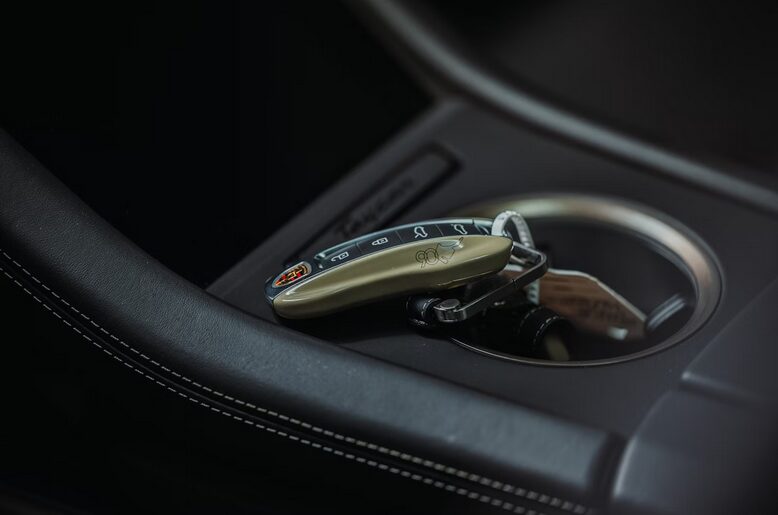

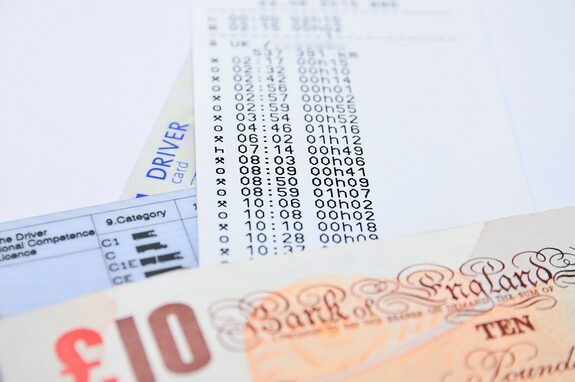
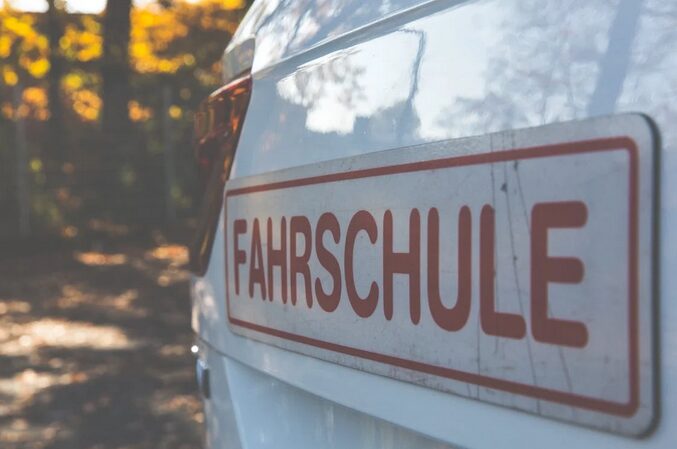

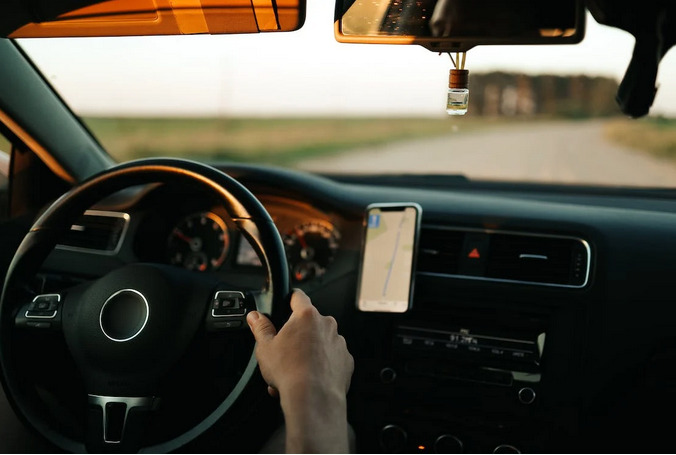
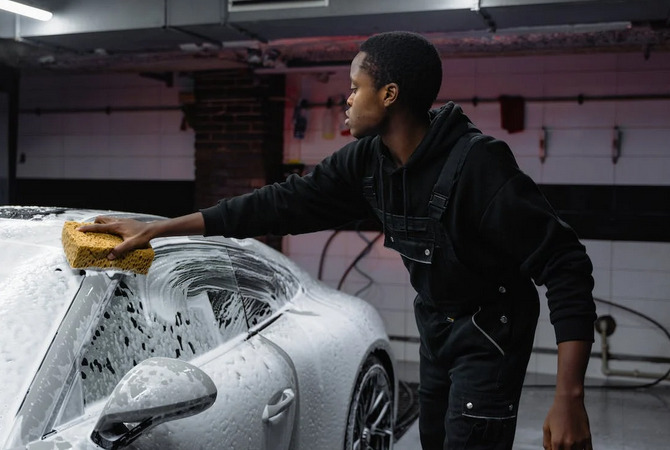
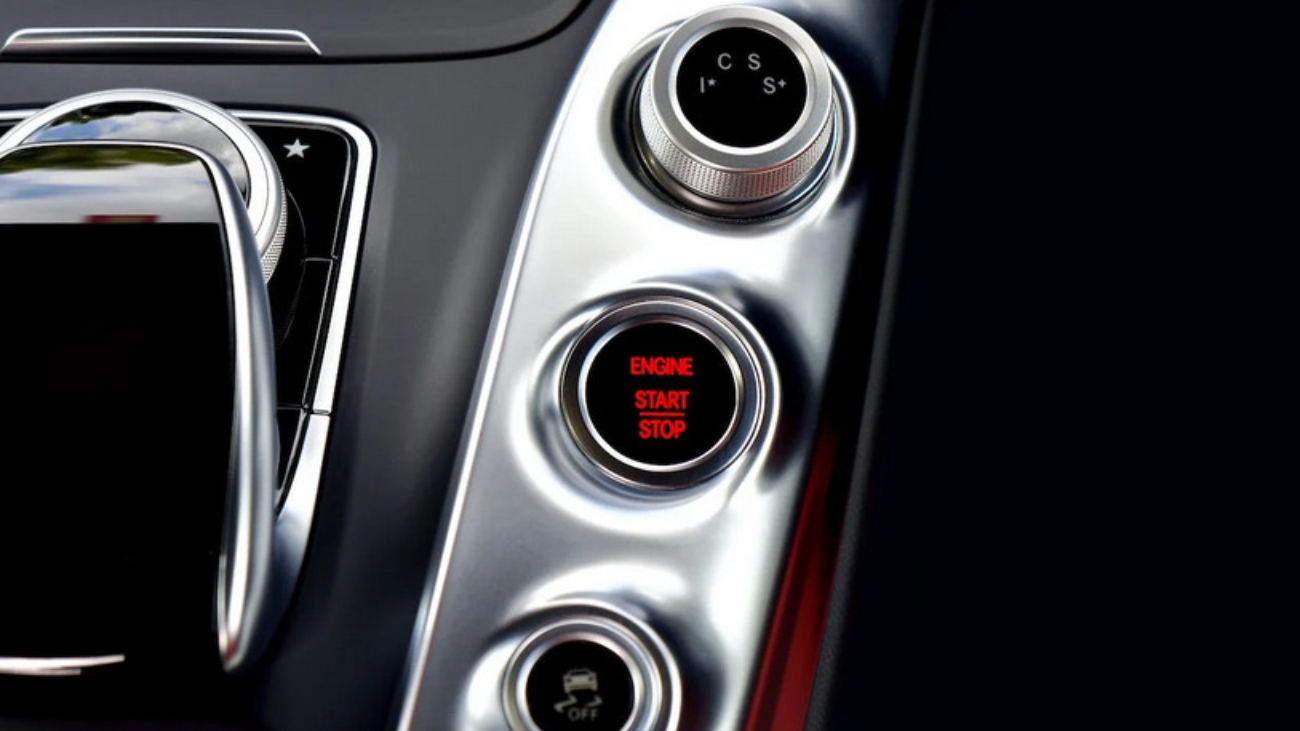
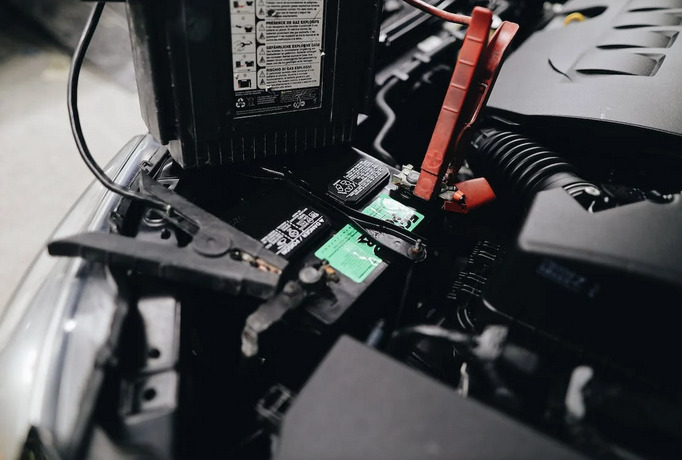
 Your car’s alternator is what charges the battery while the engine is running. If it’s not working properly, your battery will eventually die, even if you regularly drive and use it. That’s why it’s important to check for alternator problems before you start jumping your car battery.
Your car’s alternator is what charges the battery while the engine is running. If it’s not working properly, your battery will eventually die, even if you regularly drive and use it. That’s why it’s important to check for alternator problems before you start jumping your car battery.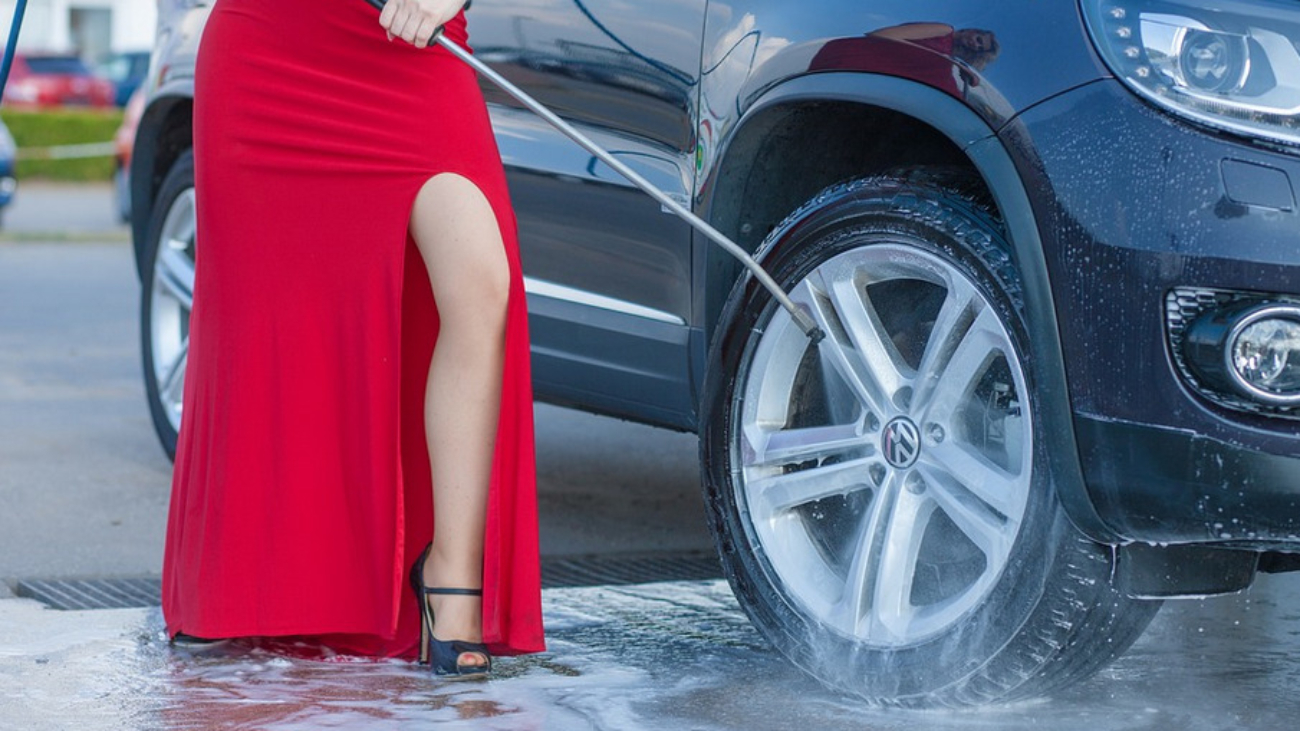
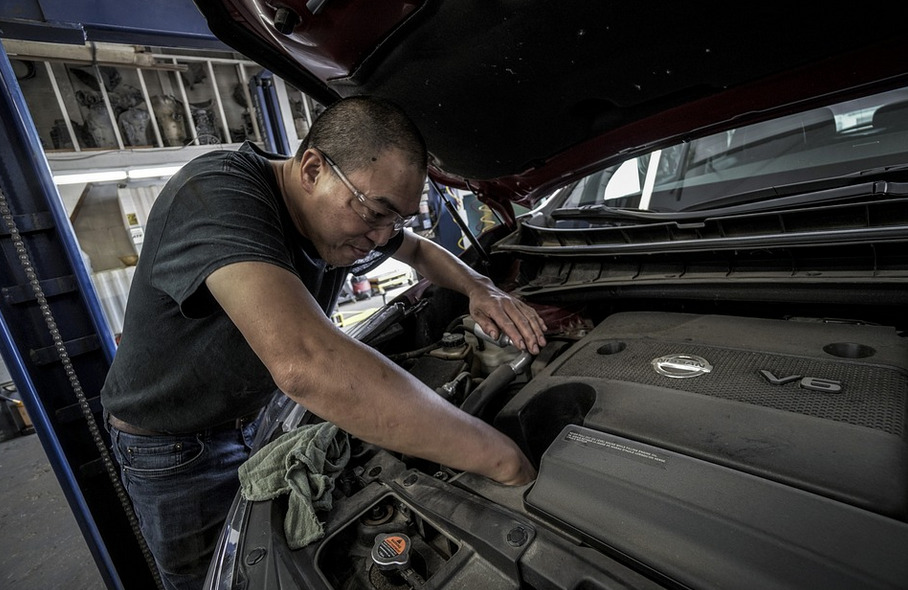 Taking care of your car is essential for its longevity and overall performance. Make sure to check the oil regularly, get repairs as necessary, and keep up with regular maintenance such as tire rotations and brake checks.
Taking care of your car is essential for its longevity and overall performance. Make sure to check the oil regularly, get repairs as necessary, and keep up with regular maintenance such as tire rotations and brake checks.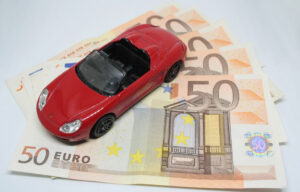 Accidents can happen anytime, so it’s crucial to ensure you have the right coverage for your car. Make sure to compare different policies and find one that fits your needs and budget. Consider getting help from an insurance agent to ensure you get the best protection.
Accidents can happen anytime, so it’s crucial to ensure you have the right coverage for your car. Make sure to compare different policies and find one that fits your needs and budget. Consider getting help from an insurance agent to ensure you get the best protection. Whether you get roadside assistance through your insurance or buy a separate plan, it’s important to have the right coverage in case of an emergency. Make sure to inquire about the services provided and what coverage is included in the plan.
Whether you get roadside assistance through your insurance or buy a separate plan, it’s important to have the right coverage in case of an emergency. Make sure to inquire about the services provided and what coverage is included in the plan.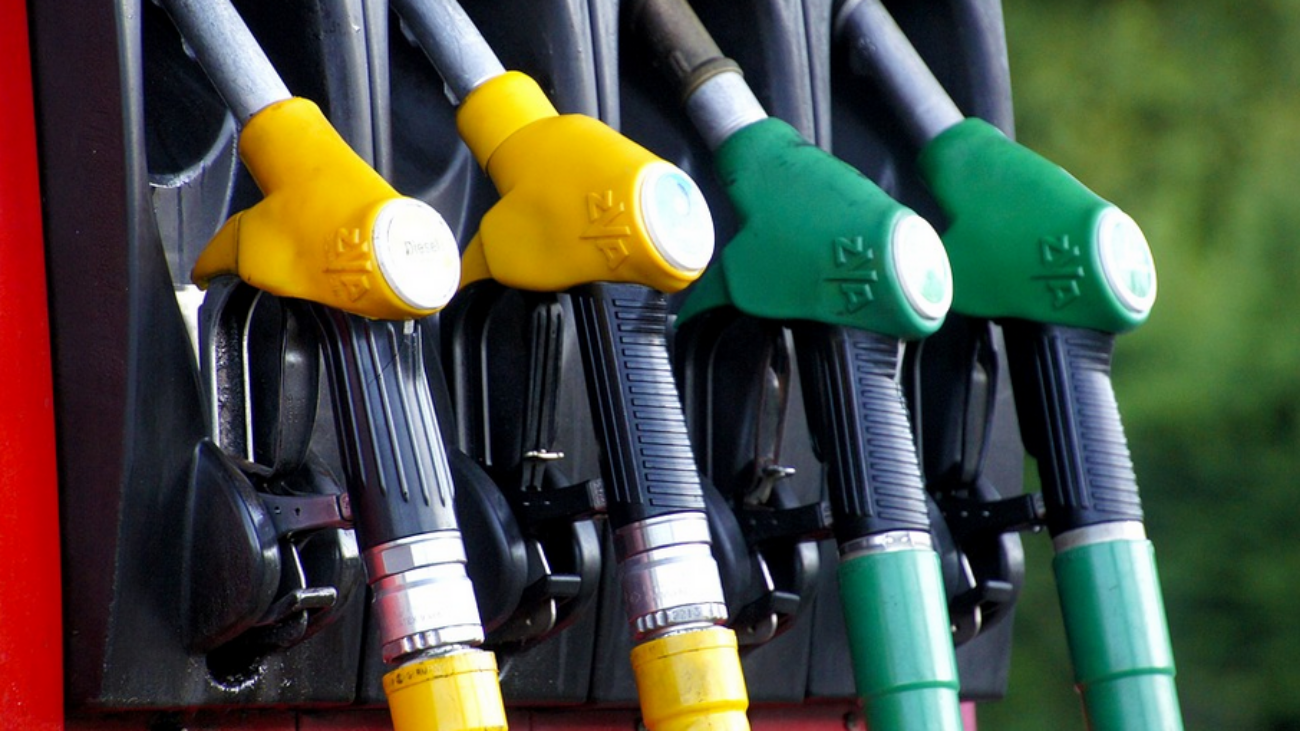
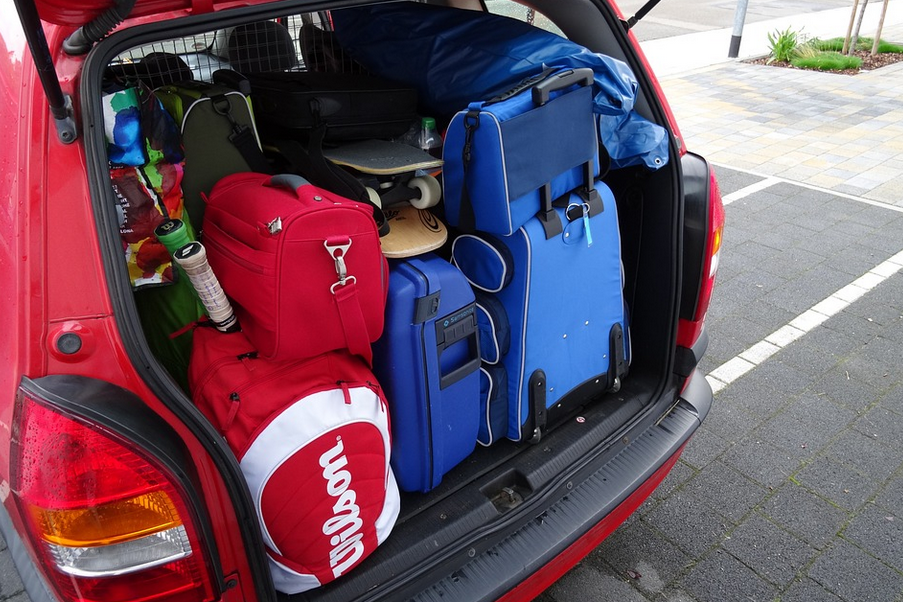 Did you know that having unnecessary items in your trunk can lower fuel economy significantly? It’s true! For every 100 pounds you add, gas mileage decreases by about one mile per gallon. So, the next time you go for a drive and have to take out that old futon or rack of clothes from your garage, do yourself (and the environment) a favor and take them out before your next trip. They also increase the tear and wear of other vehicle parts such as
Did you know that having unnecessary items in your trunk can lower fuel economy significantly? It’s true! For every 100 pounds you add, gas mileage decreases by about one mile per gallon. So, the next time you go for a drive and have to take out that old futon or rack of clothes from your garage, do yourself (and the environment) a favor and take them out before your next trip. They also increase the tear and wear of other vehicle parts such as 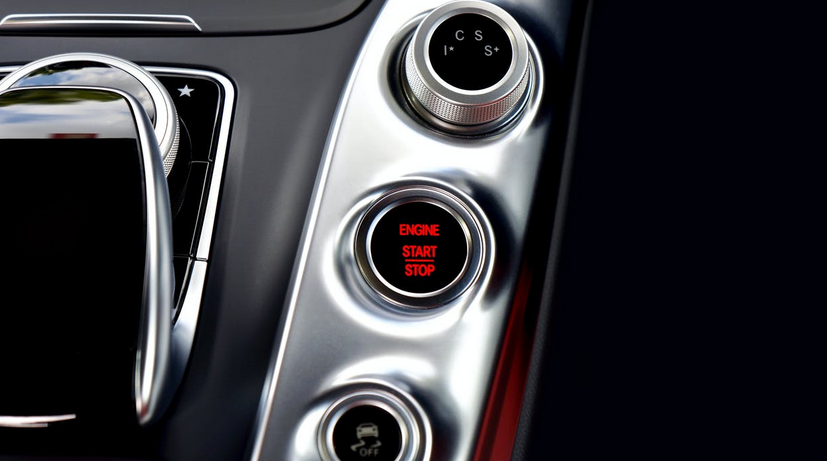 Your car doesn’t need to be running if it isn’t being used. And even when you are using it, try to do so at a moderate speed rather than high speeds or accelerating quickly. This will save your engine life and help maximize gas mileage in the long run.
Your car doesn’t need to be running if it isn’t being used. And even when you are using it, try to do so at a moderate speed rather than high speeds or accelerating quickly. This will save your engine life and help maximize gas mileage in the long run.